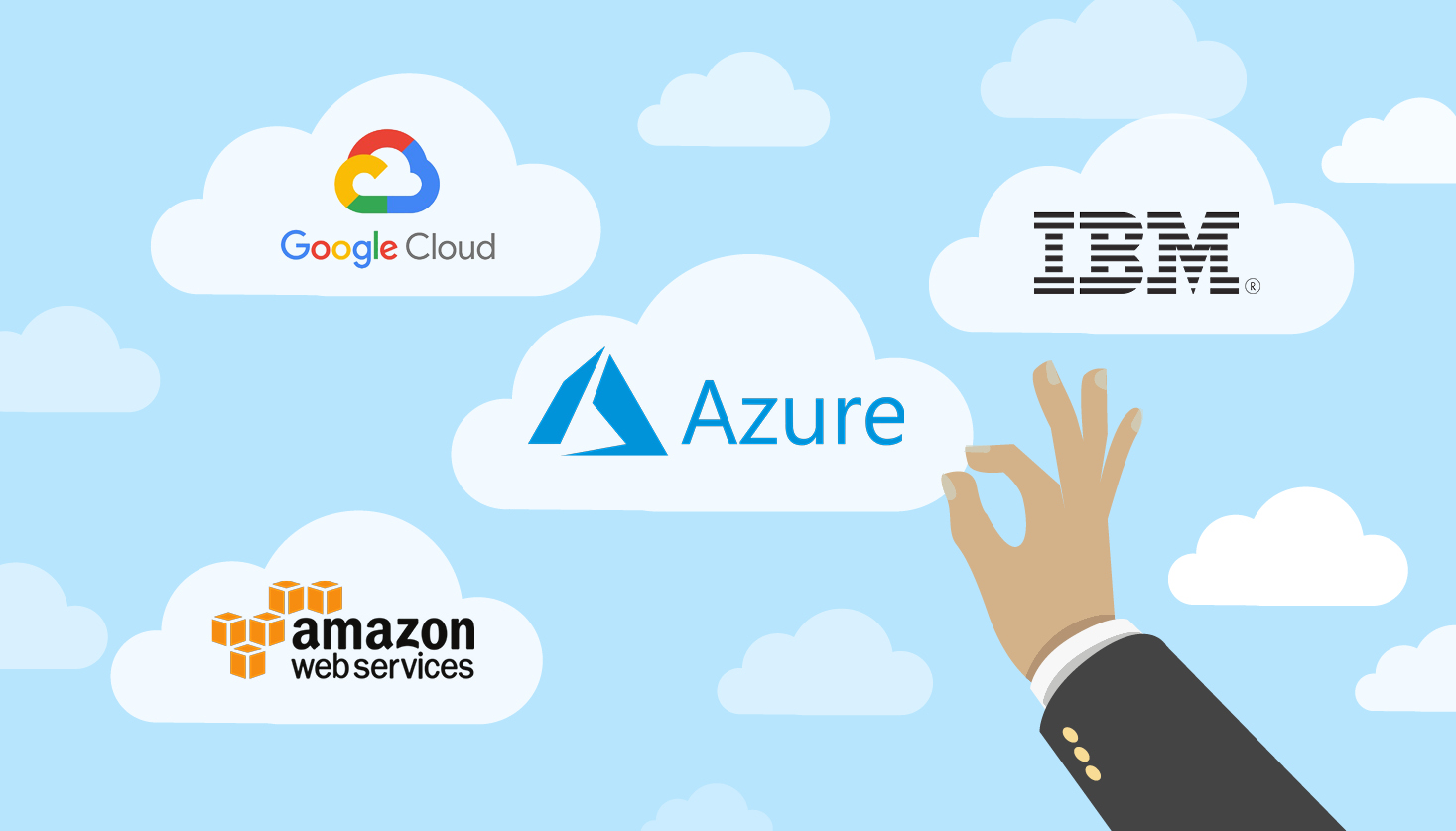Many organizations these days are migrating to cloud-based services to host their learning management systems, content, and other business needs. With rapidly changing technology and the ongoing costs of IT infrastructure upgrades and support, as well as an increasingly distributed student base, it simply makes more sense over time. But this type of mass migration shouldn’t be taken on without proper planning and a strong understanding of possible challenges.
Why Mass Migration?
Mass migration is when an organization moves the bulk of their digital footprint to a cloud service. This includes coursework, student management, grading, accounting, software, email, and other systems that may have previously been hosted on local servers and machines. Cloud services provide a number of benefits, including:
- Device Agnostic Platforms – Cloud services allow users to access files, applications, and data across devices and from any location. Because apps are hosted in the cloud, users no longer require devices with expensive specs, making the software accessible to all.
- Collaborative Features – Because of the ease of access, both across time and geography, the use of collaborative apps and features is an attractive aspect of cloud-based services.
- Minimal IT Outlay – With hosting, security, and maintenance handled by the cloud service provider, organizations no longer need to worry about purchasing and managing servers. Costs also shift from large hardware purchases to lower monthly subscription fees, making it easier to budget over time.
- Simplified Updates – Since software isn’t hosted on local machines, all users have access to updates as soon as they happen, minimizing conflicts between different versions of software. When creating lesson plans and tutorials, authors can be assured that users will have a consistent experience regardless of location and device.
- Server Reliability and Security – Managing server reliability and security take dedicated IT teams, often with advanced skills. Organizations who rely on cloud services can spend less human resource time on high-level IT in these areas and instead focus on what they do best.
- Flexibility – As organizations grow, so do storage and bandwidth needs. With cloud services, organizations no longer have to worry about costly upgrades to IT infrastructure. They can easily increase their service plan with little disruption and capital outlay.
81 percent of IT leaders or professionals said their institutions would be increasing spending on cloud computing in 2017. Sixty percent said they’re integrating cloud thinking into their IT strategies. But it will take a few more years before the majority of applications in colleges are running in the cloud.
Why is Mass Migration a Challenge?
The benefits of cloud services are clear, but there are some considerations to make before taking the leap. In fact, there are a number of challenges to mass migration, including:
- Researching and partnering with a cloud service provider – This process can be a slow one as organizations weigh the pros and cons of each provider. Make sure to consult with important stakeholders early on to incorporate all essential voices in the search.
- Ensuring compatibility with apps – Once a provider is selected, examine the compatibility with your core apps. Some may not easily make the transition and will either need time/money to update or an alternate solution will need to be found.
- Security during the transition – Keeping data secure during the migration is essential, but also a challenge. Have a plan in place for security management.
- Shifting a mindset – The migration to a cloud solution make require a mindset shift for many of the key players. It not only has budgetary implications (i.e., large initial outlay vs. ongoing fees), but also means moving much of the IT support out of house.
- Training staff on new software – Training can be a drain on employee time and organizational budgets. Factor in training needs before finalizing a migration plan.
- Downtime – It can be minimized, but downtime is inevitable in a move to cloud services.

Considerations Before Moving Forward
Before signing on the dotted line, work with the new cloud service provider to nail down the following:
- Timeline – Engage key stakeholders in a conversation to create a realistic timeline for implementation.
- Budget – Create a budget that takes into account the cost of the migration, including dealing with possible incompatibilities, cost of staff time in planning/testing, training costs (including employee time), and ongoing fees for the services.
- Ease of Implementation –Where are the likely roadblocks? Are there anticipated issues with app/software transitions? Steep learning curve for staff? Long down time likelihood? It’s important to balance potential challenges against the driving factors for making the move.
Choosing a Cloud Service Provider
When choosing a cloud service provider, consider choosing a managed solution that will partner with you beyond you basic hosting needs. These partners can minimize some of the implementation concerns, as well as support your organization in content development over time. Skill-Up Technologies offers a managed solution that has:
- Immediate Access to the Latest in Digital Tools
- Rich Media Tools and Other Learning Resources
- Data Driven Strategies that Drive Results
While migrating your educational services to a cloud solution has numerous benefits, careful planning and an excellent cloud-based learning partner can make all the difference in the transition. Take the time to do it right and you’ll minimize both cost and disruption.


